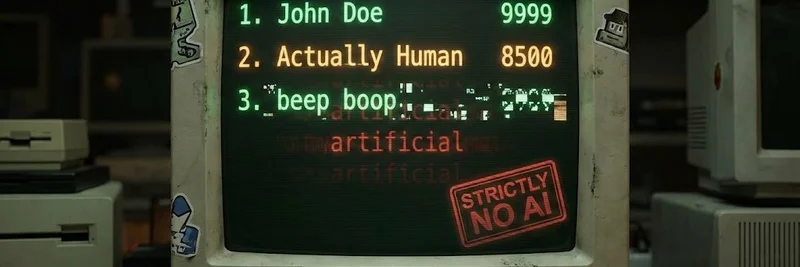In the ever-evolving world of blockchain technology, a single tweet can spark profound discussions about the fundamentals of how we build and perceive decentralized networks. Zaki Manian, a key figure in the Cosmos ecosystem and co-founder of projects like Sommelier Finance, recently shared a thought-provoking post on X that cuts to the heart of blockchain architecture.
Manian's tweet reads: "If we had written the Cosmos SDK in rust it would be way more obvious to people that there is no real difference between an L1 and L2." This statement, posted on August 15, 2025, quickly garnered attention, with over 70 likes and numerous replies from the crypto community. For those unfamiliar, the Cosmos SDK is a popular framework for building sovereign blockchains, primarily written in Go, while Rust is the language powering high-performance chains like Solana and Polkadot.
But what does Manian mean by this? Let's break it down simply. Layer 1 (L1) blockchains are the base networks, like Bitcoin or Ethereum, handling consensus, security, and data availability on their own. Layer 2 (L2) solutions, such as rollups on Ethereum, build on top of L1s to scale transactions more efficiently. The distinction often feels rigid, but Manian suggests that if Cosmos SDK had used Rust—a language known for its safety, speed, and modularity—the modular nature of code could make these layers seem interchangeable. In Rust ecosystems, developers can more seamlessly share components across different chain types, highlighting that the "difference" is more about marketing and perception than technical reality.
This insight is particularly relevant for meme token creators and traders. Meme coins thrive on speed, low fees, and community hype, which is why they've exploded on Rust-based chains like Solana. Think of hits like Dogwifhat or Bonk—Solana's Rust foundation allows for blazing-fast transactions that keep the meme momentum going. If Cosmos had gone the Rust route, its interoperable appchains might have attracted even more meme projects, blending L1 sovereignty with L2-like scalability. Cosmos already enables easy chain launches via IBC (Inter-Blockchain Communication), but Rust could have made it a no-brainer for devs to experiment without worrying about arbitrary layer labels.
The community reactions were mixed but engaging. One user, @0xMawuko, responded with a simple "Le sigh" accompanied by a meme image capturing the exhaustion of endless blockchain debates.
Others dove deeper. @AFDudley0 asked if Rust was even a contender back when Cosmos SDK was developed, to which Manian replied that Jae (likely referring to Cosmos co-founder Jae Kwon) "hated rust," but noted it paid off for Solana. Another reply from @CryptoCakir mentioned the Nomic team's Rust implementation of Cosmos SDK, hinting at ongoing experiments in the space.
Meanwhile, @Marveey001 pointed out that even with Rust, some teams might still misuse "L2" labels for credibility, prompting Manian to clarify: "If the bridge validates DA and the state transition function then it is an L2." This underscores a key point—true L2s rely on the underlying L1 for data availability (DA) and validation, but in modular setups like Cosmos, chains can be sovereign yet connected, blurring those lines.
For meme token enthusiasts, this discussion opens up exciting possibilities. As blockchain tech matures, the focus shifts from rigid categories to flexible, performant systems. Rust's rise could empower more devs to build meme-friendly chains that are fast, secure, and interoperable, potentially leading to the next wave of viral tokens across ecosystems like Cosmos or even hybrid L1/L2 setups.
If you're building or investing in meme tokens, keep an eye on language choices in blockchain frameworks—they might just determine where the next big pump happens. What do you think: Would a Rust-based Cosmos SDK change the game for memes? Drop your thoughts in the comments below.
For more insights on meme tokens and blockchain innovations, explore our knowledge base at Meme Insider. Stay ahead in the crypto world!


